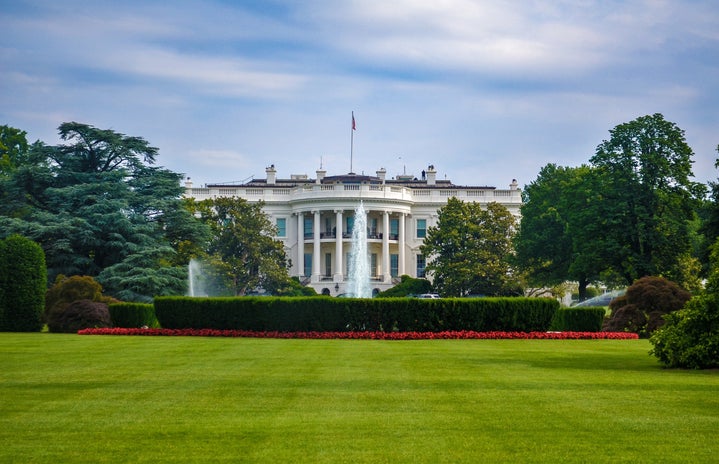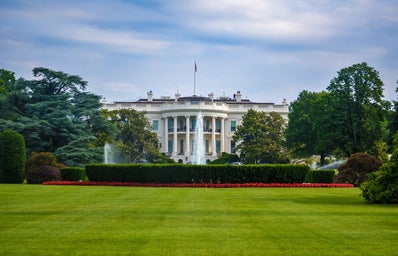When President Donald Trump issued his travel ban at the beginning of his presidency, courts and lawyers around the U.S. were quick to shut it down—so he made a new one and sent it out. On Monday, the Supreme Court agreed to put into effect part of the revised travel ban, which blocks “new visas for travelers from six majority-Muslim countries for 90 days, and suspends the U.S. refugee program for 120 days,” according to NPR.
Here’s how we got to this point: When the second version of the ban made its way to the 4th U.S. Circuit Court of Appeals, Chief Judge Roger Gregory said in the majority opinion, “[The executive order] speaks with vague words of national security but in context drips with religious intolerance.”
While the executive order mentions nothing about religion, it’s important to consider the context around the ban, and how Trump has described it in several statements to the press and on Twitter. The courts also had to explore if we even need a travel ban, given the intense vetting process that already exists for refugees looking to enter the U.S.
When the ban made it to the 9th circuit, the judges wrote, “The order does not offer a sufficient justification to suspend the entry of more than 180 million people on the basis of nationality.”
So, out of other options, the administration petitioned the Supreme Court. And on Monday, SCOTUS decided they would hear Trump out on his ban, which The New York Times says sets the stage for “for a major decision on the scope of presidential power.” Basically, their eventual decision will dictate how presidents are able to use their power for years to come.
The Washington Post reports that the court is allowing a limited version of the ban to take effect, and then they’ll consider the case of the president’s actions in the fall. They also say the most important exception to this ruling is that the ban cannot be enforced against foreigners who have “credible claim of a bona fide relationship with a person or entity in the United States.” The Post points out that people with family in the U.S., or who are already students at U.S. universities, would have a “bona fide relationship,” meaning they couldn’t be banned from entering the country.
You can read the entire decision on Trump’s petition on the Supreme Court website.
This is @POTUS today on #TravelBan! pic.twitter.com/u1Sl8EBukp
— NEW Chuck Nellis (@ChuckNellisJail) June 26, 2017
As a reminder, the foreign countries included in the ban are Libya, Iran, Sudan, Somalia Syria and Yemen. PLUS any and all refugees. While I can count on President Trump celebrating his victory, is this really a victory for anyone else in the U.S. or around the world?


